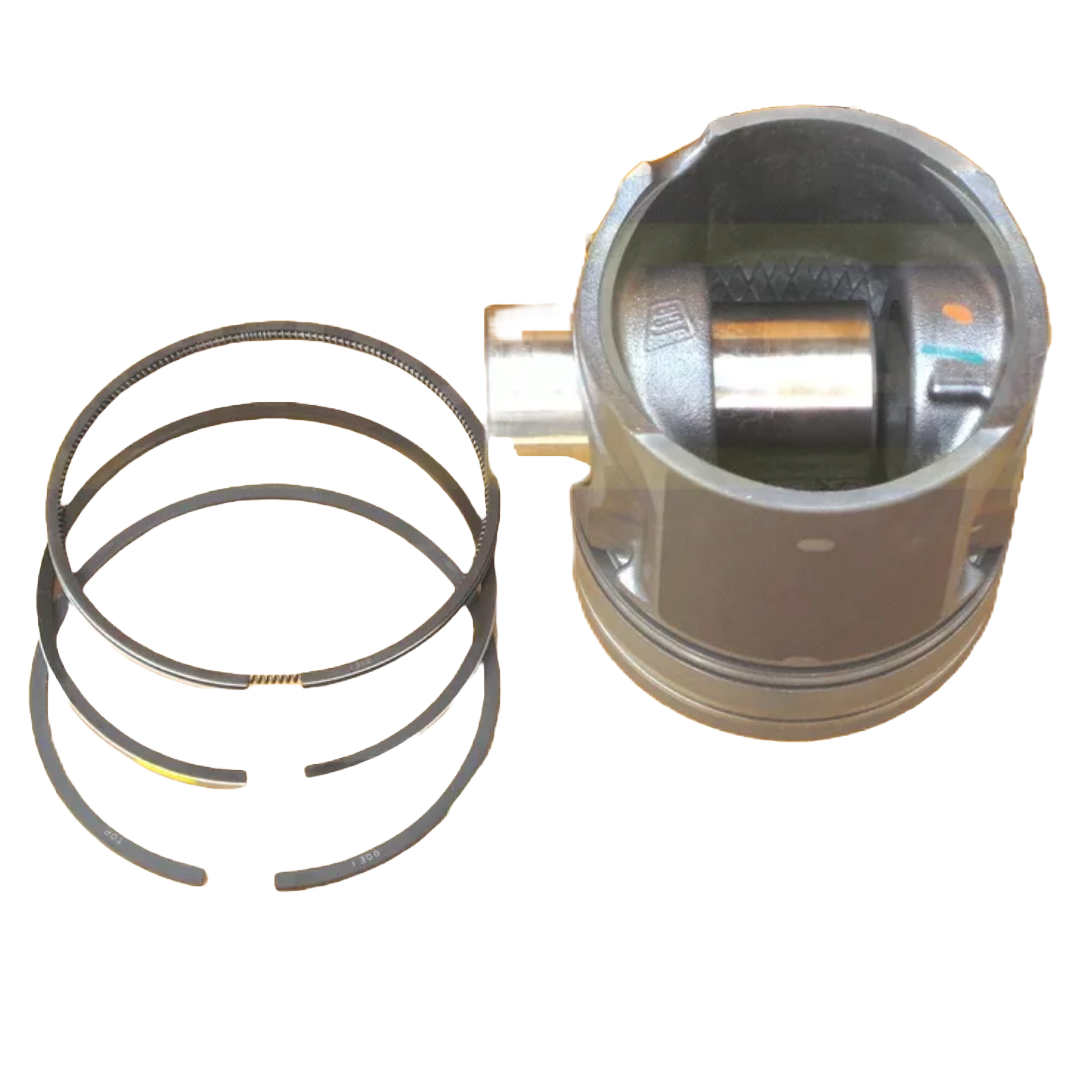Heavy equipment spare parts are critical for maintaining machinery efficiency and preventing downtime. Proper storage and handling extend the lifespan of these parts and optimize operational costs. This guide explores best practices for organizing, storing, and managing heavy equipment spare parts efficiently.
Why Proper Storage Matters
Storing spare parts correctly ensures:
- Reduced wear and tear
- Prevention of contamination
- Lower replacement costs
- Increased operational efficiency
Essential Storage Conditions
Maintaining optimal storage conditions is crucial. Factors to consider include:
- Temperature Control: Prevents warping and degradation
- Humidity Levels: Avoids rust and corrosion
- Ventilation: Reduces condensation and moisture buildup
Choosing the Right Storage Facility
When selecting a storage location, consider:
- Warehouse vs. Onsite Storage: Centralized warehouses offer controlled environments, whereas onsite storage ensures accessibility.
- Security Measures: Surveillance cameras, restricted access, and fire suppression systems
Inventory Management Best Practices
Effective inventory management prevents shortages and overstocking. Best practices include:
- Barcode Tracking: Speeds up retrieval and reduces human error
- RFID Technology: Enhances inventory visibility
- Stock Rotation: Ensures older parts are used first
Organizing Spare Parts Efficiently
Efficient organization improves accessibility:
- Categorization Methods: Store by size, type, or frequency of use
- Shelving Strategies: Adjustable racks and labeled bins
Handling Heavy Equipment Spare Parts Safely
Proper handling techniques include:
- Lifting Techniques: Use forklifts or cranes for heavy parts
- Safety Gear: Gloves, goggles, and steel-toe boots
Packaging and Labeling Guidelines
Protective packaging prevents damage:
- Packaging Materials: Bubble wrap, foam inserts, and sealed containers
- Clear Labeling: Essential details like part number, description, and date of storage
Common Storage Mistakes to Avoid
Avoid these mistakes to ensure efficiency:
- Overloading Shelves: Can cause collapse and damage parts
- Improper Stacking: Leads to crushing and misalignment
Digital Solutions for Spare Parts Management
Advanced software solutions improve efficiency:
- Inventory Management Software: Automates tracking and ordering
- Automation Tools: AI-based predictive maintenance systems
Preventative Maintenance for Stored Parts
Preventive maintenance ensures parts remain in working condition:
- Regular Inspections: Identify rust, corrosion, or degradation early
- Corrosion Prevention: Use rust inhibitors and desiccants
Cost-Saving Strategies for Spare Parts Storage
Optimizing storage can reduce costs:
- Bulk Purchasing: Reduces per-unit costs
- Minimizing Waste: Implementing just-in-time inventory systems
Regulatory Compliance and Safety Standards
Following industry regulations ensures workplace safety:
- OSHA Guidelines: Safe material handling and storage
- Industry Best Practices: Regular training and audits
FAQs on Storing Heavy Equipment Spare Parts
1. What is the best way to store heavy equipment spare parts?
Store parts in a climate-controlled, well-ventilated area with proper labeling and shelving.
2. How can I prevent rust and corrosion on stored parts?
Use rust inhibitors, keep humidity levels low, and store parts in sealed containers.
3. What software can help with spare parts inventory management?
Software like SAP, Oracle, and Asset Panda offer excellent tracking and automation features.
4. How often should I inspect stored spare parts?
Conduct inspections quarterly to ensure parts remain in optimal condition.
5. What are the key safety precautions for handling heavy parts?
Use lifting equipment, wear protective gear, and follow OSHA guidelines.
6. Can spare parts be stored outdoors?
Only if they are in weatherproof containers and protected from environmental elements.
Conclusion
Properly storing and handling heavy equipment spare parts enhances efficiency, reduces costs, and prevents equipment failures. By implementing the best practices outlined above, businesses can ensure operational success and longevity of their machinery.


